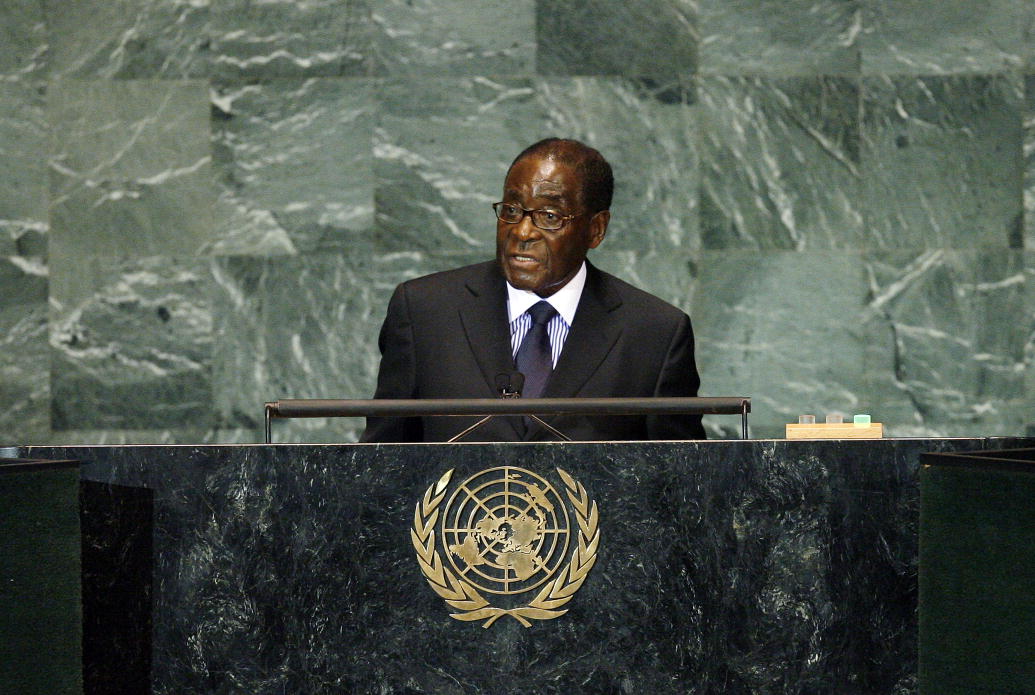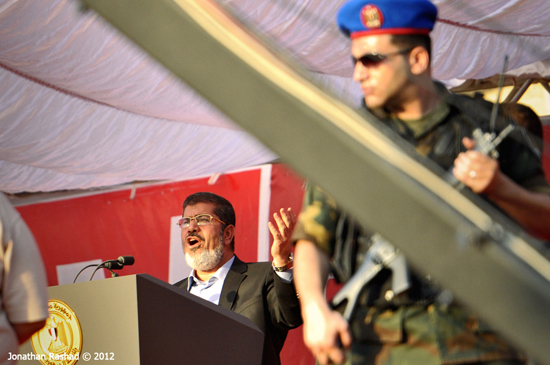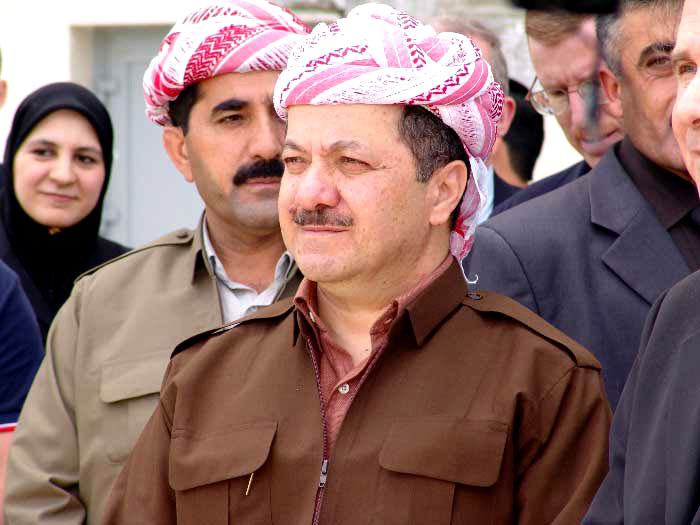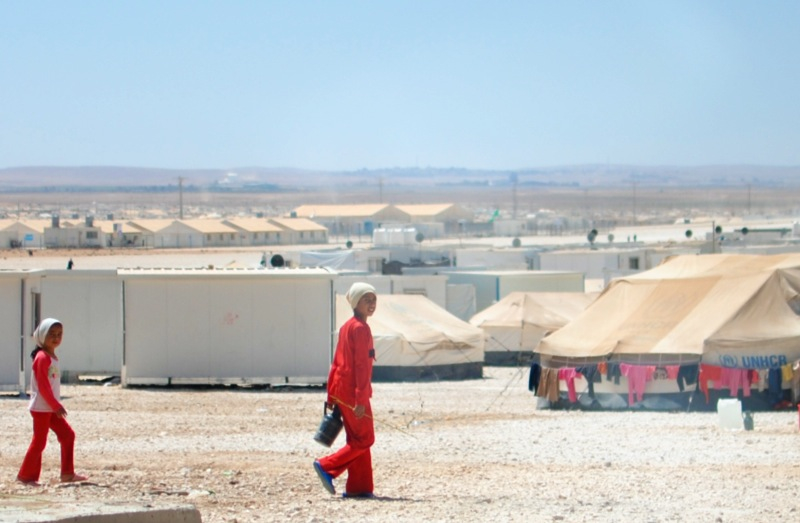By Juan Tellez and Kyle Beardsley.
The narrow failure of the peace referendum in Colombia on October 2nd shocked both the international community and the (“Si”-supporting) Colombian public. The “No” vote represents a substantial victory for a political opposition that built a coalition out of powerful and diverse domestic political forces. This presents a series of questions about why Santos promised a referendum in the first place, who voted in the “No” camp, and what this all means for the future of the peace process.
The peace referendum in Colombia was a gambit by President Santos to try and lock-in a stable peace, but instead it has potentially delayed peace by incentivizing key constituencies to drum up support for the “No” campaign for political gain. The negotiations going forward will in effect expand the number of negotiating parties to include pro-Uribe, evangelical, and (potentially) anti-restitution groups. In doing so, the likelihood of agreement shrinks. Moreover, the implementation of any future peace agreement is likely to be fraught with challenges if more and more stakeholders hold de facto veto power.
Who is Behind the “No” Campaign?
Uribe and the Democratic Center
Ex-President Alvaro Uribe (2002 – 2010) and the Democratic Center Party represent the largest and most dominant coalition partner of the “No” campaign. The “hawkish” ex-President took public exception with his successor’s intention to negotiate with the FARC and launched a campaign against the peace process.
The spatial distribution of referendum votes speaks in part to Uribe and the Democratic Center’s influence. Antioquia, the most populous department in Colombia, saw a 62% victory for the “No” vote driven in no small part by the 63% “No” vote share in Medellin – the department’s largest city and Uribe’s hometown, where he first served as mayor before being elected governor. Beyond Antioquia, the most solidly “No” department in Colombia at 72% of votes, Casanare, is one where the Democratic Center had a good showing in the 2014 Congressional elections. Nicolas Liendo and Jessica Maves Braithwaite have also linked the Democratic Center’s influence to referendum attitudes. Of course, other factors have shaped referendum preferences, including exposure to violence, as Ana Arjona has discussed.
Figure 1: ‘No’ vote share by department. Data kindly shared by Nicolás Velásquez.
Evangelical Groups
Evangelical groups represent a disciplined voting bloc in Colombia that in this case mobilized against the referendum. These groups are taking issue with language in the agreement surrounding gender and LGBT issues. Leaders have characterized this language as a “breach” of family values but also have broader grievances with the Santos administration, which oversaw legal changes permitting same-sex couples to marry and adopt and which did not support a pro-life Amendment to the Constitution.
“The accord violates evangelical principles like that of the family when it speaks of transforming women’s values to reflect those of [the FARC]” – Edgar Castaño, president of the Colombian Evangelical Confederation.
Anti-Restitution Groups
One of the worst tragedies of the Colombian conflict has been the loss of landownership for the millions of people who have been internally displaced. A key provision in the peace agreement attempts to remedy the issue by restituting land to displaced victims, but implementation has proven difficult.
In the Magdalena Medio region of the country, where displacement and land tenancy issues have historically been acute, land restitution measures in the peace agreement generated substantial opposition from groups that might stand to lose from the reforms. The result, visible in Figure 2, is that the “No” vote won by comfortable margins in many municipalities in this region.
Figure 2: Voting in select Magdalena Medio municipalities
What can existing scholarship tell us about the “No” vote?
Foremost, the referendum confirms that peace processes often occur in the shadow of potential spoilers – factions that stand to benefit from a failed peace process. Stephen Stedman, as well as Andrew Kydd and Barbara Walter, have shown that violent extremists often serve as crucial impediments to a durable peace. The referendum process actually demonstrates that legitimate political factions can also threaten the long-term durability of a peace agreement – if there is a change in political power, opposition leaders that come to power might revisit the terms of an agreement. The bargaining between the Santos government and the FARC negotiators in the shadow of potential spoilers from the pro-Uribe, evangelical, or anti-restitution groups thus helps explain why the referendum was pursued in the first place: if successful, the vote would foreclose claims that the agreement did not represent the will of the people, thereby reducing the spoiler problem.
The failed referendum also resonates with existing scholarship on two-level games, in which opposition groups in democracies serve as both blessings and curses for negotiators. In the best case scenario, opposition groups give negotiators leeway to credibly demand better terms. In the worst, conflict becomes “locked in” if few agreements satisfy both negotiators and constituent groups.
Less explored in existing work is how the potential lock-in problem can be quite severe if domestic groups oppose the agreement for political gain. Political advantage can be made at the expense of the peace agreement if opposition groups can defeat a referendum in which the ruling party has invested considerable political capital. An opposition faction has incentives to rally support against a referendum like that in Colombia solely because the act of defeating the referendum would embarrass the ruling elites.
What will future bargaining for peace look like?
It is likely we will see alterations to the failed agreement in the following months; changes have already been proposed in meetings between the FARC and evangelical groups. The more difficult points will surround impunity and the Uribe-led opposition’s grievances. As David Cunningham’s work makes clear, this multi-party bargaining will delay success in reaching an agreement that is mutually satisfying; moreover, once an agreement is reached, it is likely to face implementation challenges as each of the key stakeholders must coordinate and remain committed to the peace process.
Santos would do well not to spread his promises to the “No” groups too far, as each unfulfilled promise is a potential grievance that could be used in the future to galvanize support against implementation of the agreement. Small adjustments at the margins, such as changes in language that will appease religious groups, should be attempted first. If opposition to the agreement can be softened just enough – without fully including any of the “No” groups as veto players – the implementation challenges will remain manageable.
Juan Tellez is a PhD candidate at Duke University. Kyle Beardsley is Associate Professor of Political Science at Duke University and a contributor at Political Violence @ a Glance.









